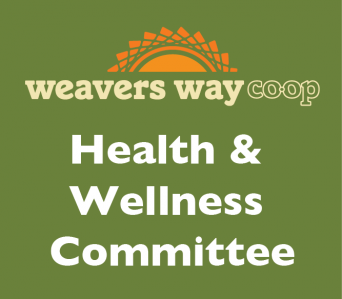
Are You Riding the Blood-Sugar Roller-Coaster?

Does your energy vary a lot over the course of a day? Do you tend to crash mid-morning or mid-afternoon? Do you drink coffee or tea to perk you up? Do you regularly wake up in the middle of the night? Do you feel shaky, irritable or anxious if you go too long without eating? These are signs of unstable blood-sugar levels, which have an enormous impact on health and well-being.
Unstable blood sugar is one of the most common causes of fatigue, mood swings, hormone disruption, food cravings, weight gain, adrenal fatigue and sleep disturbances. It contributes to inflammation, heart disease, Type 2 diabetes, many cancers and even dementia.
And it’s quite easy to prevent. If you are going to do ONE thing to improve how you feel, stabilizing your blood sugar should be it.
Here’s how it works: When you eat any form of sugar or simple carbohydrate such as fruit juice — especially if not accompanied by protein, fat or fiber — it is digested and absorbed very fast, causing blood sugar to spike. The body then releases insulin to process the blood sugar. But often it will drive the blood sugar level down too far. Then you produce cortisol — the body’s main stress hormone — to drive your blood sugar back up. You also crave sugar and carbs, starting the cycle all over again. This is the blood-sugar roller-coaster.
The modern Western diet, heavy in simple carbohydrates, causes constant spikes and drops in blood sugar, making the body work hard to maintain homeostasis. This effort is a stress on the body and like other stressors — pathogens, toxins, mental and emotional stressors — it contributes to virtually all forms of disease.
Here’s how to avoid this damaging cycle and maintain steady energy throughout the day:
- Minimize all forms of sugar — glucose, sucrose, fructose, corn syrup, agave, honey, pure maple syrup, fruit juice. Read ingredients and nutrition facts! Sugars are found in over 80 percent of all foods sold in supermarkets, including sauces, condiments, salad dressings and salty snack foods.
- Minimize simple and processed carbohydrates. Think “white food.” Choose whole grains like brown rice, 100 percent whole wheat, whole oats and quinoa. Read labels carefully.
- Minimize caffeine, which can also trigger the blood-sugar roller-coaster by increasing adrenaline, which in turn pulls sugar from the cells into the bloodstream.
- Balance your sugars and carbs with fat, protein and fiber eaten at the same time — this slows absorption of sugar into the blood
- Eat a protein-rich and low-carb breakfast. Do NOT skip breakfast!
- Include protein, fat and fiber with every meal or snack (the “PFF rule”).
- Eat more healthy fats — omega-3 fats, nuts, coconut oil, avocados and fat from grass-fed or free-range animals.
- Limit unhealthy fats — vegetable oils such as canola, sunflower, corn, soybean oil and fat from animals fed with feed.
Skeptical? Try it for 30 days and chart how you feel!
Dana Barron, PhD, FDN is a certified health coach and functional diagnostic nutritionist. Contact her at healingpathcoaching@yahoo.com or 215-688-5108. Views are the author's, and are not a substitute for talking to your doctor.
